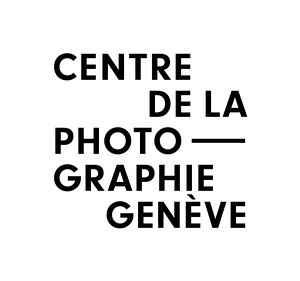Semiautomatic Photography 2003-2020
December 12, 2018–February 2, 2019
Rue des Bains 28
Bâtiment d’Art Contemporain
1205 Geneva
Switzerland
Hours: Tuesday–Sunday 11am–6pm
T +41 22 329 28 35
cpg@centrephotogeneve.ch
Jules Spinatsch is one of the most important Swiss photographers on the international scene today. He has exhibited at the MoMA, New York, Fondation Cartier, Paris, Walker Art Center, Minneapolis, Tate Modern, London, SFMoMA, San Francisco, to mention only those institutions. It is the CPG that has been the most frequent exhibitor of his work up to now, that’s why Jules Spinatsch, believing he had considered the question from every angle, wanted to take stock at the CPG of his practice of taking semiautomatic photographs.The exhibition will bring together the 22 panoramic photograph projects he has carried out between 2003 and 2016 using a technique the artist developed himself from a semi-automatic webcam, in collaboration with the computer specialist Reto Diethelm.
Starting in 2003, the date of his first solo exhibition at the CPG entitled Temporary Discomfort, the artist has succeeded in responding artistically to a method of photographic production which would subsequently only become more widespread, namely automated surveillance photography. The first panorama made in 2003 during the World Economic Forum at Davos, the photographer’s birthplace, marks a turning point in the history of critical photography.
Jules Spinatsch took up a position on the second floor of Davos library to record on the one hand the procession of alternative globalization demonstrators which, having been held up by the Black Blocs, arrived too late in relation to the camera’s programming, and therefore remained invisible; and on the other the tourist-destination village, besieged by the Swiss army and fortified like a citadel. He was not in the crowd, but at a distance, with his programmer, somewhere shielded from the public gaze and the two groups expected to be confronting one another. He acted as an ad hoc image editor with a webcam, of the kind used to record snow conditions, creating a panorama consisting of 2176 individual photographs relayed by the WEF [World Economic Forum] logistics centre to Zurich.
It is the mismatch between the programming set up by the artist and the actual course of events that makes the undertaking look absurd, as is also the case in the work Heisenbergs Offside, for example, which recorded the World Cup qualifying match between France and Switzerland in 2005, showing the entire Wankdorf stadium in Bern without ever showing the ball.
Two thirds of the 22 panoramas depict places associated with power, whether judicial as in Panopticon (a Mannheim prison), financial as in Competing Agendas (the Frankfurt Stock Exchange) or political as in Fabre n’est pas venu (Toulouse City Council offices), or places associated with leisure, such as Heisenbergs Offside (Wankdorf stadium in Bern) or Vienna MMIX (the auditorium of Vienna Opera House) or the Tanzbodendisco (in Mannheim). This assumed equivalence between sites of power and entertainment venues is directly inscribed in the logic of our mercantile societies that subjugate humanity in all spheres of life and in which free time is no more free than working time.
It should be emphasized that the artist develops this dialectic with a technique of control of people which is part of the new development, ultra-capitalism. Thus Jules Spinatsch opens a new chapter in the “documentary style.” In the catalogue accompanying the exhibition Michael Hagner speaks of a “gleichschwebende Aufmerksamkeit” (evenly suspended attention), a concept of Sigmund Freud’s that has its equivalent in Walker Evans’s “documentary style”: the least artistic way of documenting the tangible world, as developed by the keynote photographer of the modern world (and the 20th century), i.e. a neutral style, equivalent to a hardware catalogue, as Edward Steichen once described it with more than a hint of contempt.
The exhibition Semiautomatic Photography will present not only very large-scale panoramas such as Fabre n’est pas venu, for example, but will also show these works in different forms: books like Competing Agendas or Vienna MMIX, projections on flat screens, or installations like the Vienna MMIX spiral, or the reconstitution of his studio which has never previously been shown.
–Joerg Bader



